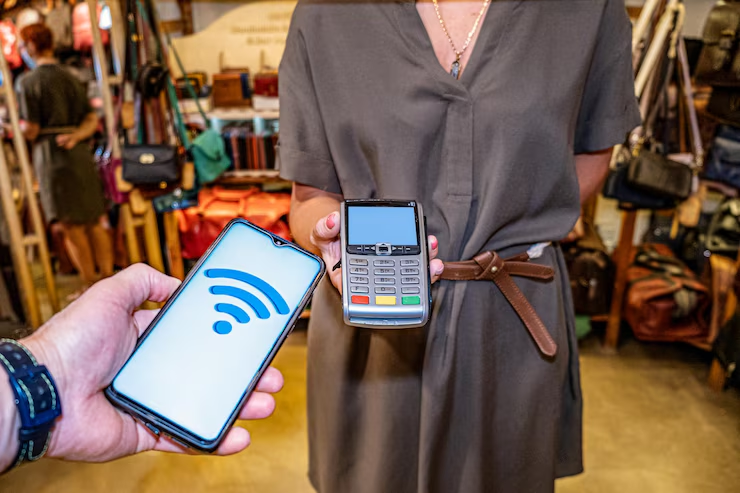The retail landscape is evolving rapidly as technology reshapes how customers interact with brands and make purchasing decisions. Today’s shoppers expect seamless, personalized, and convenient experiences both online and in-store. Wireless networking has emerged as a critical enabler in meeting these expectations. By providing fast, reliable connectivity, wireless networks are transforming retail environments, powering everything from mobile payments to real-time inventory tracking. This blog explores how wireless networking is driving innovation and enhancing modern retail experiences.

What is Wireless Networking in Retail?
Wireless networking refers to the use of wireless technologies such as Wi-Fi, Bluetooth, and cellular networks like 5G to connect devices and enable communication without physical cables. In retail, these technologies create a connected ecosystem that supports a wide range of applications. Wireless networks allow customers to access store apps, enable staff to communicate on handheld devices, and connect smart sensors that monitor inventory and customer flow. The flexibility and scalability of wireless networking make it ideal for dynamic retail spaces that require seamless connectivity for multiple users and devices.
Enhancing Customer Experience Through Wireless Networking
Wireless networking significantly improves the customer experience by enabling seamless connectivity throughout retail stores. Shoppers can easily connect their smartphones to in-store Wi-Fi to browse product information, access promotions, and use store apps without interruption. Location-based services powered by wireless networks allow retailers to offer personalized recommendations and real-time discounts based on the customer’s position in the store.
Self-service kiosks and interactive digital signage leverage wireless connections to provide customers with instant product details, pricing, and availability, reducing wait times and enhancing engagement. Mobile payment systems and contactless transactions have become increasingly popular, supported by secure and fast wireless networks, providing convenience and speed at checkout.

Operational Benefits for Retailers
Beyond customer-facing advantages, wireless networking offers retailers numerous operational benefits. Real-time inventory management is made possible by wireless-connected sensors and devices that track stock levels and send alerts when replenishment is needed. This reduces out-of-stock situations and improves supply chain efficiency.
Wireless communication tools enable staff to stay connected, coordinate better, and respond faster to customer needs or operational issues. Additionally, wireless networks facilitate the collection of rich customer data and analytics. Retailers can analyze shopping behaviors, peak times, and dwell zones to optimize store layouts, promotions, and staffing.
Smart retail stores increasingly rely on Internet of Things (IoT) devices that use wireless networking to automate tasks such as lighting, temperature control, and security monitoring, which helps reduce costs and improve sustainability.

Wireless Networking and Omnichannel Retail
Omnichannel retail strategies focus on creating a unified shopping experience across online and offline channels. Wireless networking plays a vital role in integrating these channels. For example, customers can place orders online and receive real-time updates about in-store availability for click-and-collect or curbside pickup services, enabled by wireless connectivity.
Synchronizing inventory and sales data across physical stores and e-commerce platforms depends heavily on robust wireless networks. This synchronization ensures accurate stock information and consistent pricing, enhancing customer satisfaction and trust.
Wireless networking also supports mobile point-of-sale (POS) systems that allow sales associates to assist customers and complete transactions anywhere in the store, blending the convenience of online shopping with the personal touch of in-store service.

Conclusion
Wireless networking is fundamentally transforming the retail experience by enabling faster, smarter, and more personalized interactions. From improving customer convenience to optimizing store operations and supporting omnichannel strategies, wireless technology is a powerful driver of innovation in retail.
As consumer expectations continue to rise, retailers that invest in reliable and scalable wireless networks will be better positioned to deliver exceptional experiences and stay competitive in an increasingly digital marketplace. Embracing wireless networking is not just a technological upgrade but a strategic imperative for the future of retail.












